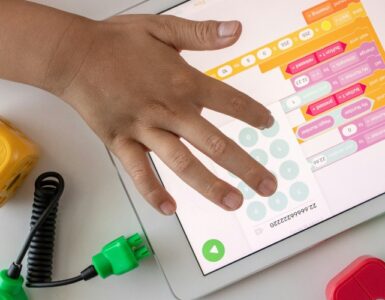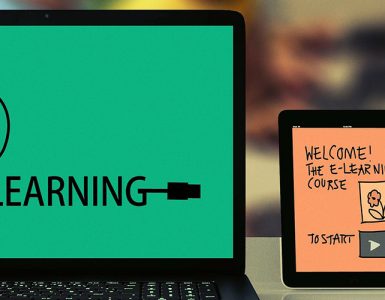As education continues to evolve in the United States, more teachers, entrepreneurs, and content creators are exploring edtech business models to expand their impact.
Whether you’re launching a startup or scaling an online course, the right model can help you reach more learners and create sustainable income.
Explore 6 proven edtech business models to consider in today’s digital-first education space.
The best edtech business models align with your expertise, goals, and audience.
1. Course Marketplace Model
Platforms like Udemy and Coursera allow educators to upload and sell their courses to a global audience. This model works well for teachers who prefer focusing on content creation rather than marketing and tech infrastructure. While you may share revenue with the platform, the built-in traffic and trust make it easier to reach more students.
2. Subscription-Based Learning Model
Think Netflix, but for education. Offering a monthly or annual subscription for access to your content can generate recurring revenue. This edtech business model works best for platforms offering continuous learning, like coding schools, language programs, or K-12 supplemental education.
3. Freemium Model
Attract users with free basic content, then convert them to paid users with premium features. This model is popular among U.S.-based edtech startups because it lowers the barrier to entry and builds trust before asking for payment. It’s ideal for mobile learning apps and digital learning tools.
4. Tutoring and Coaching Model
With remote learning here to stay, virtual tutoring has become a booming industry. Platforms like Wyzant or independent Zoom-based services can use this edtech business model to offer one-on-one or small-group instruction. It’s highly personalized and allows for premium pricing.
5. B2B SaaS Model (Selling to Schools)
This model targets schools, districts, or universities as customers. If you’re developing tools for classroom management, assessment, or administrative tasks, this edtech business model allows you to scale by selling licenses or subscriptions. Be prepared for longer sales cycles, especially in the public school sector.
6. Content Licensing Model
Instead of selling directly to users, license your content to platforms, schools, or corporate training programs. This edtech business model works well for those who want steady revenue without managing a direct-to-consumer product.
Conclusion: Choosing the Right Model
For U.S.-based educators, factors like accessibility, curriculum standards, and school budgets play a major role. Whether you’re building your first course or scaling a startup, choosing the right path can help you reach and teach more students while creating a lasting educational impact.








